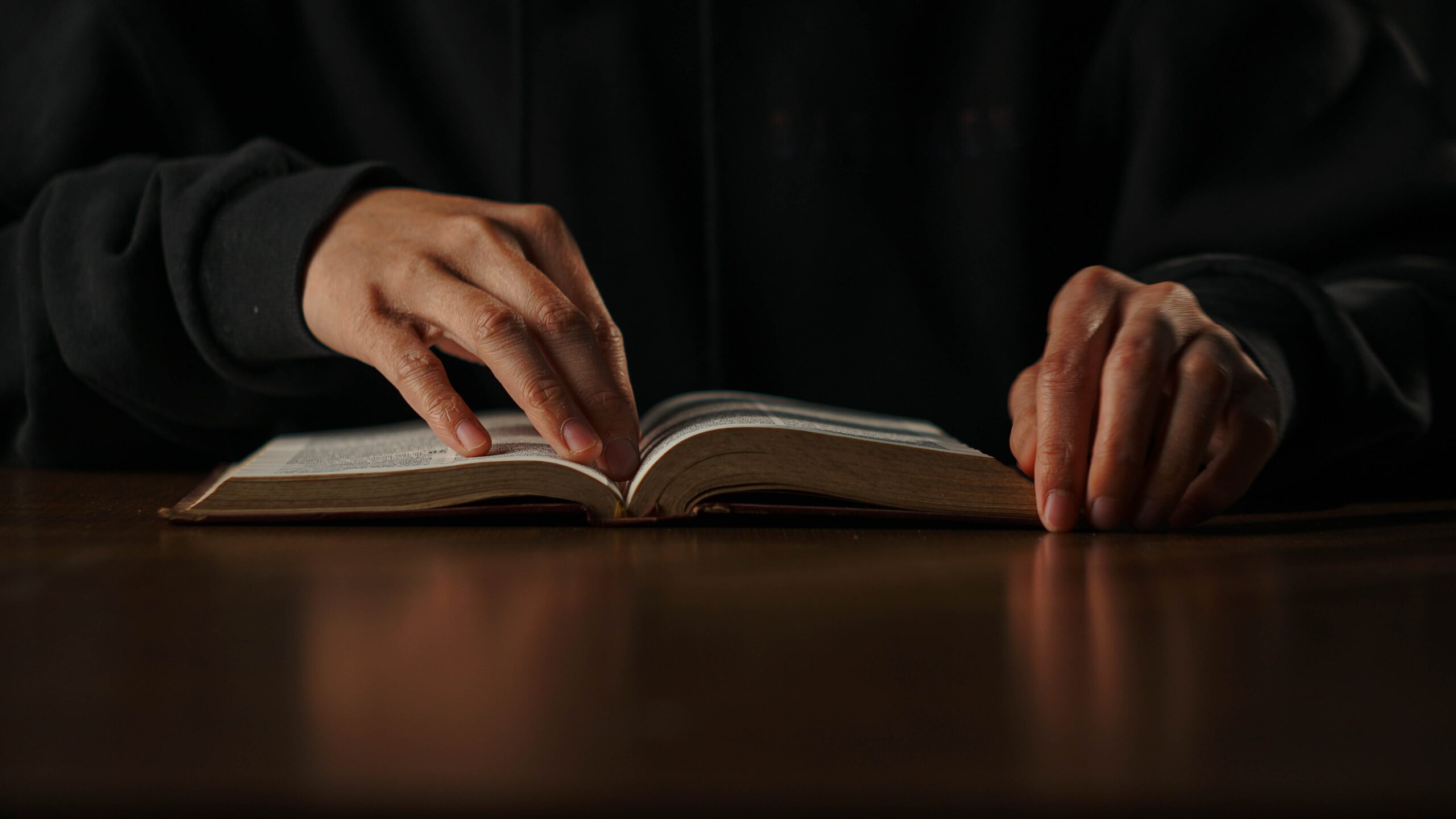Reading is a required core competency for biblical scholars.1 When thinking about reading, biblical scholars tend to focus on the question of mental activity.
This focus is understandable and far from unique to biblical scholars. But forgetting the reading body creates a constellation of challenges that keep your reading and, therefore, your scholarship from as good as it can be.
The Problem with Forgetting the Reading Body
One way of stating the problem is that
if we allow ourselves to forget the “absent” body, we cannot fully understand ourselves and our interactions with the world, including the semiotic world of the text and the socially constructed but deeply embodied conventions of reading.2
In short, biblical scholarship isn’t as much about understanding ourselves as it is understanding the text. But it’s also not as though those two things are entirely separable. To the extent that we fail to reckon with the realities of our whole selves—including our bodies, we’re more liable to be pushed or pulled unawares into one interpretation or another.
Interpretation is indeed about understanding what you see. But before you can understand what you see, you must first see. And—to adapt a Pauline metaphor—it is not as though you who sees is entirely an eye (1 Cor 12:17). Nor indeed, is it possible to read if the eye says to the hand “I don’t need you” (1 Cor 12:21). Without manipulation by hands, there isn’t going to be a text in front of the eye to read.
So, the body shouldn’t be forgotten in reading because
it is not that the mind of the reader is embodied, but that the body reads—the whole body, muscle and bone, nerves and brain—and that the operations of mind, socially constructed, historically conditioned, in all their subtle interactions with the complexity of texts, are the works of the body.3
The Solution with Balancing Practice and Play
That said, attending to the reading body needn’t always require conscious attention. It may and should sometimes involve this, much as an athlete may consciously practice a specific technique outside the context of a game.4
Similarly, for the “game” of biblical scholarship where reading is so central, you do need to give conscious attention to your body’s involvement in your reading. But just as not all times are training times for the athlete, so it is for the reader in biblical studies.
You need to think regularly about how to hone your craft. But that thought needs to give way in its right time and place to the “embodied cognition” or “muscle memory” that takes over at “game time.”5 That is to say, you need to have a balance between thinking and working on how you read and actually focusing on the content of what you’re “upping your game” to be able to read.6
Header image provided by Marjhon Obsioma. ↩
Thomas Mc Laughlin, Reading and the Body: The Physical Practice of Reading (New York: Palgrave Macmillan, 2015), 10. ↩
Mc Laughlin, Reading and the Body, 13. ↩
Mc Laughlin, Reading and the Body, 26–27. ↩
E.g., see Mc Laughlin, Reading and the Body, 25–26, 56, 72. ↩
Cf. C. S. Lewis, “Meditation in a Toolshed,” in God in the Dock: Essays on Theology and Ethics, ed. Walter Hooper (Grand Rapids: Eerdmans, 1970), 212–15. ↩

Leave a Reply